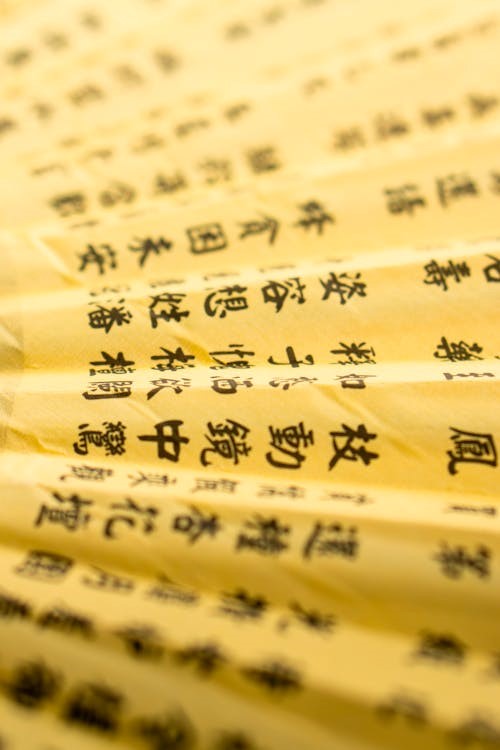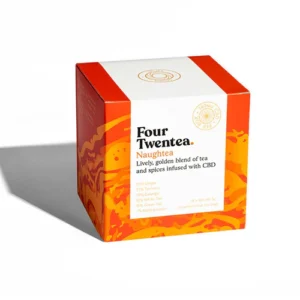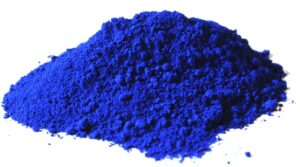Preserving Authenticity: Former Professor Chu’s Approach to Translating Tang Dynasty Poetry
The Tang Dynasty Poetry, one of the most revered pillars of Chinese literature, reflects the rich cultural and philosophical depth of the time. It is renowned for its meticulous formal rules, strict structure, and profound connection to Neo-Daoist philosophy, emphasizing themes of nature, spontaneity, and personal freedom. While the poems embraced philosophical and spiritual ideas, they simultaneously adhered to rigid structural constraints, demonstrating an intricate balance between creative expression and discipline. This unique blend of freedom within form set Tang poetry apart as a timeless cultural treasure.
Translating such intricate poetry poses significant challenges, particularly when capturing the original language’s rhythm, tone, and lyrical beauty. Former professor Wei Rong Chu’s book, A New Approach to Chinese Tang Dynasty Poetry Translation: From Chinese Rap to Peking Opera, offers a groundbreaking solution.
The book’s primary achievement lies in Chu’s groundbreaking approach to translation, which not only preserves the original rhythmic flow of Tang poetry but also retains the distinct Chinese essence that makes these poems unique. Rather than focusing solely on end rhymes or a literal translation of meaning, Chu’s method embraces the musicality of the verses, creating a version that is as much about the feel and sound of the poem as it is about conveying its content. This approach highlights the inherent beauty and cultural depth of the original works.
By focusing on the original meter, word count, and tonal variations, Chu carefully preserves the essence of the Tang poems while adapting them for modern performances. This method ensures the poems maintain their emotional depth and rhythm, making them suitable for various musical interpretations. His approach allows the ancient verses to resonate with contemporary audiences, bridging the gap between traditional literature and dynamic performance art forms like Peking Opera or Chinese rap. Through this, he revives the full cultural and poetic experience in an engaging, modern context.
Tang Dynasty poetry is famous for its strict compositional rules, where each poem follows a defined syllabic structure. Typically, there are five or seven characters per line, accompanied by specific tonal patterns and rhyme schemes. These rules are not mere formalities; they shape the rhythm and flow of the verses, creating an inherent musicality and harmony that sets this poetry apart. This structure often reflects the careful craftsmanship and deep cultural significance of the Tang era, making the poetry not only a literary art form but also a musical experience.
Chu recognized that most previous translations focused on literal meaning and failed to capture this essential musical element. He realized this while working on a bilingual poetry project that the older translations were too long and rhythmically incompatible with musical scores.
By reworking these translations to align with musical notes, Chu has created versions that can be performed in various musical styles, including Peking Opera and even modern rap.
Wei Rong Chu’s translations of Tang Dynasty poetry are not only concise and rhythmic but also designed to be memorable and performable. His innovative approach enables performers to recite or sing the poems while maintaining the original Chinese essence. This methodology has achieved remarkable success, with Chu’s translations being featured at prestigious venues like Carnegie Hall and Kaufman Theater in New York City. The performances highlight the fusion of cultural authenticity with modern accessibility, demonstrating the effectiveness of his translation style on both stage and in scholarly settings.
One of the most significant innovations of Chu’s work is how he bridges the gap between translation and performance. His book includes 50 new translations, each designed to fit within the original rhythmic and tonal patterns of the Tang poems. These translations have been performed bilingually, appealing to different musical genres.
For scholars, students, and poetry lovers, A New Approach to Chinese Tang Dynasty Poetry Translation offers a fresh perspective on how these ancient works can be translated and experienced today. Chu’s method and innovative approach ensure that these poetic masterpieces retain their authentic beauty while resonating with modern audiences, both in literary and musical contexts.
Ultimately, Chu’s work represents a significant advancement in poetry translation, ensuring that Tang Dynasty poetry continues to inspire and captivate new generations.
This book is now available on Amazon.













Post Comment